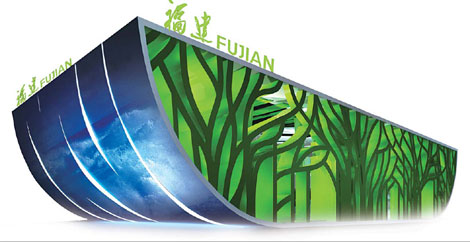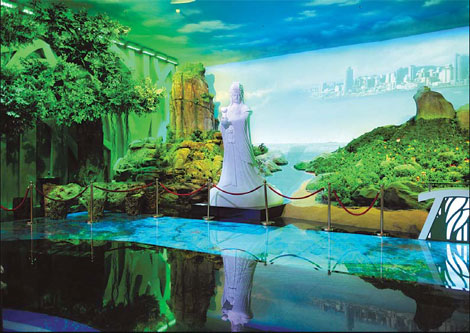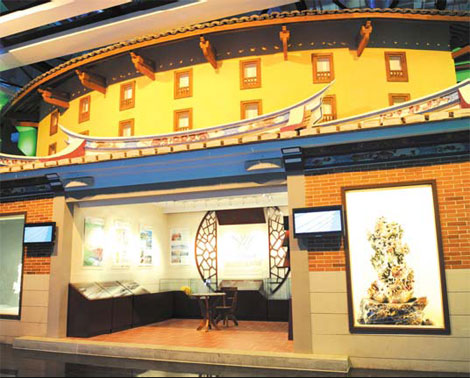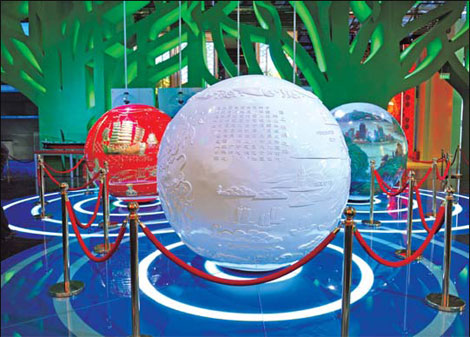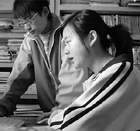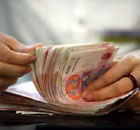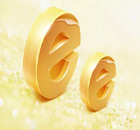Photo
Fujian's ship to shine at Expo
By Hu Meidong, Du Li and Zhang Zhao (China Daily)
Updated: 2010-05-01 08:06
 |
Large Medium Small |
|
An artistic rendering of Fujian Pavilion. Photos provided to China Daily |
|
A marble sculpture of the sea goddess Mazu, standing at 3.23 m high. |
|
An exhibition of Fujian's remarkable economic development. |
|
Inside of the interactive zone. |
Fujian province plans to show its best side at the Expo, which opens on Monday.
"Taking part in the Expo means challenges as well as opportunities," said Chen Shaohe, director of the Expo Office of Fujian. "All nations will be posing on the same stage, and every province in China will compete with each other in the China Pavilion."
Fujian took eight months planning its participation. "We have nine cities in Fujian, and we want to present a little of all of them rather than picking out one city," said Chen, "We will show the merits of the region in an all-round way, with nature, history, culture and economy all taken into consideration."
According to Chen, the province has three main characteristics. "The first one is openness. Fujian has always been an open frontline. Openness has boosted Fujian's prosperity, and forged the solid and progressive character of the people here."
"Fujian also has a special relationship with Taiwan," said Chen, "Fujian and Taiwan are close neighbors, and people across the Straits are closely tied in blood, culture and trade."
The third is harmony, said Chen, "We planned to build an eco-friendly province 10 years ago, and have come a long way in building harmonious communities."
Landscape
The banyan, Fujian's provincial tree, is the most eye-catching symbol of the Fujian Pavilion. "The tree is deeply rooted in the soil, with its spreading branches symbolizing openness and vigor. It's like the Fujian people, common but courageous."
In the 6-meter-tall model banyan rest Swallowtail butterflies.
There is a simulation of Gulangyu Islet, one of the 5A Level National Tourist Attractions.
The model of Wuyi Mountain is complete with a stream winding its way down the steep slopes. A marble statue of the Chinese Goddess of the sea Mazu, stands 3.23 m tall, indicating her birthday of 23 of the third Lunar Month.
Interactive balls
In the interaction section of the Fujian Pavilion, there are three large balls, each two meters in diameter.
The first ball is decorated with Fujian's traditional lacquer line carving. When visitors come closer, the ball rotates, and images will be projected onto the screen on the ceiling.
The second ball is made of Dehua White Porcelain, produced in Fujian's Dehua county.
The design describes a scene of part of the Silk Road by the sea, dating back to the Han Dynasty (206 BC - 220 AD). When viewers come by, the images on the screen on the ceiling will show the prosperity of the province today.
The third ball is decorated with bodiless-lacquerware, made in Fujian's Fuzhou city. Urban and natural scenes of Fujian's nine cities are painted on the ball.
Fuzhou's bodiless-lacquer ware is known as one of the three treasures of traditional Chinese handicrafts, along with cloisonn from Beijing and Jingdezhen porcelain from Jiangxi province.
There is also an LED screen, 7.5 m wide and 4 m tall, made by one of Fujian's enterprises, highlighting the province's electronics and machinery industries.
A promotion film called "Better Life on the Western Bank of the Straits" will be shown on the screen, showing some of Fujian's achievements, and future visions.
Shows and exhibits
In the pavilion exhibits such as tea, lacquerware, Dehua porcelain and Shoushan Stones, along with films about these products will be shown on two screens.
There will be performances of Fujian's traditional glove puppet shows and umbrella skills shows on the pavilion stage during the Expo.
The second floor of the Fujian Pavilion houses historical artifacts from the area. The classically designed showcases and cabinets in the room, are made by a furniture maker from the province.
One of the exhibits is a length of submarine cable found in December 2003, which was used more than 120 years ago to connect the mainland and Taiwan.
The cable, laid in the October of 1887 by Fuzhou Shipping School graduates, was the first long distance submarine cable made by the Chinese.
A bodiless lacquerware vase, 36 cm tall, made by a descendant of the inventor of Fuzhou bodiless lacquerwork, is also on display.
The vase was bought by an American businessman in 1903, and came back to China last year through an online auction. It features drawings of mountains and streams.
Many of the exhibits on show were awarded prizes in previous Expos, including Tianhuazhai musical instruments, which won gold in the 1900 Paris Expo, Dingriyou meat floss, gold winner in the 1915 Panama Expo, and horn combs from Fuzhou which won first prize at the 1933 Chicago Expo.

(China Daily 05/01/2010 page17)
